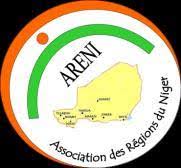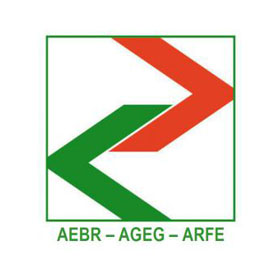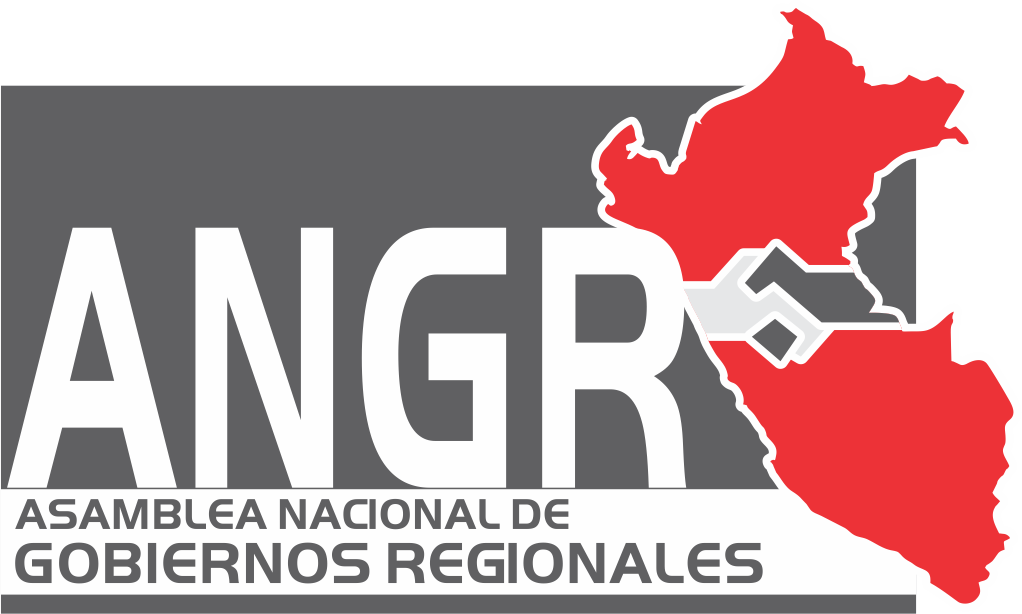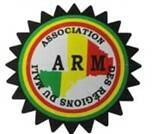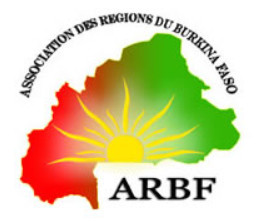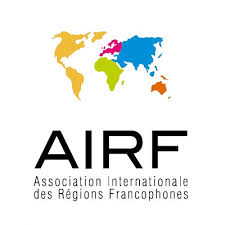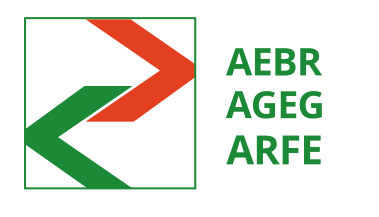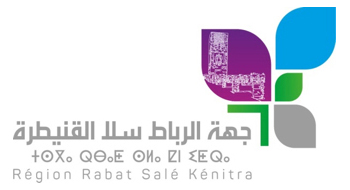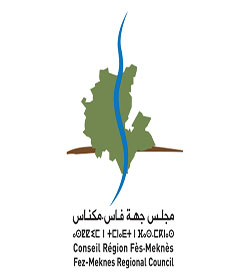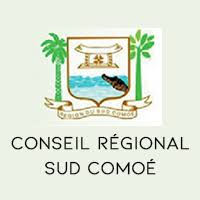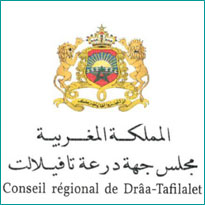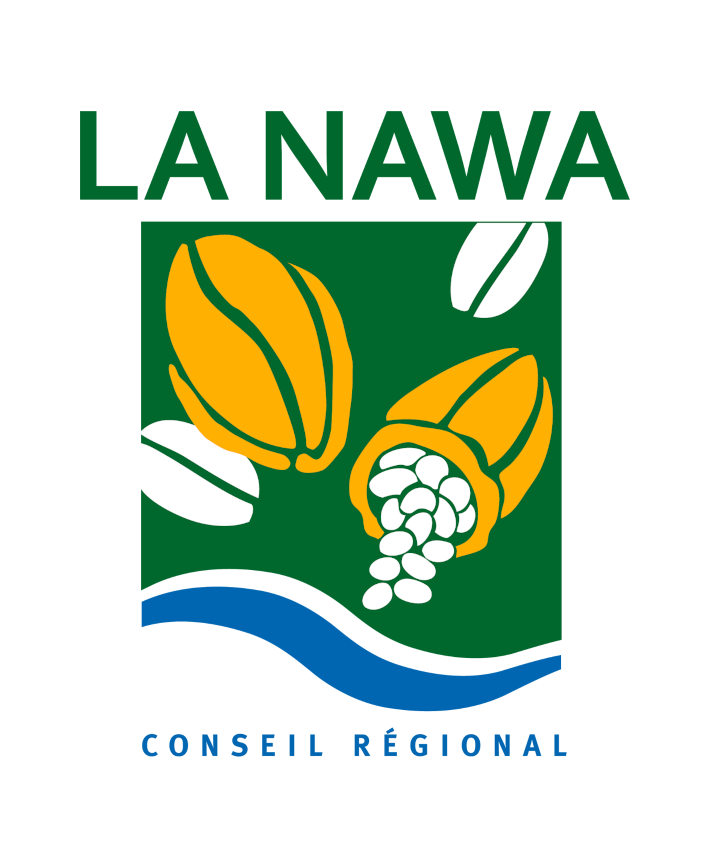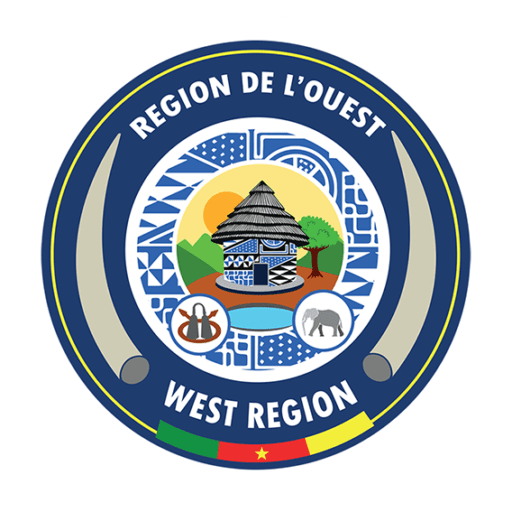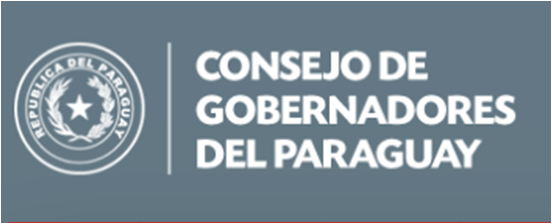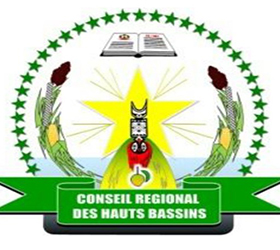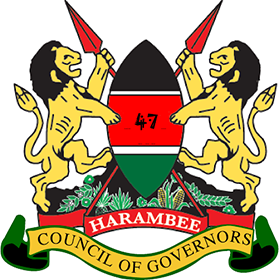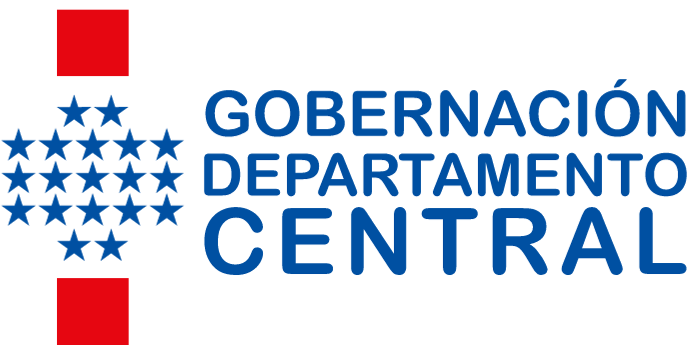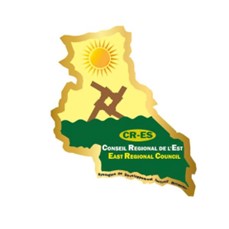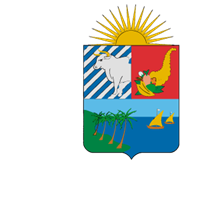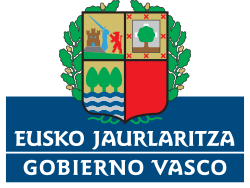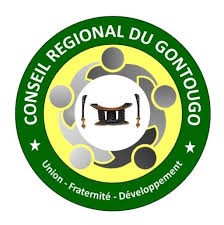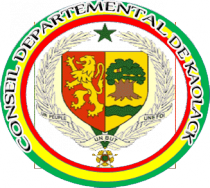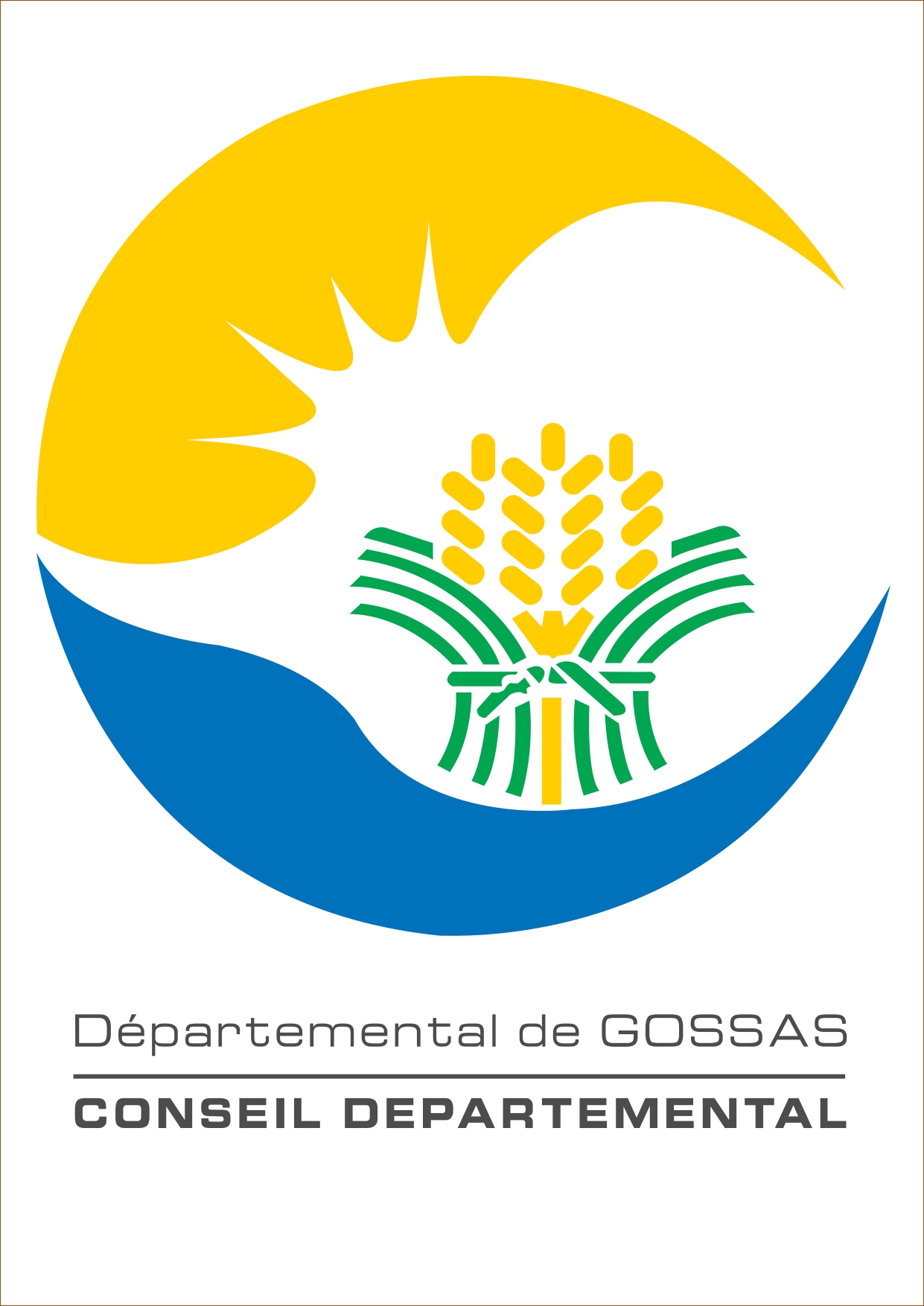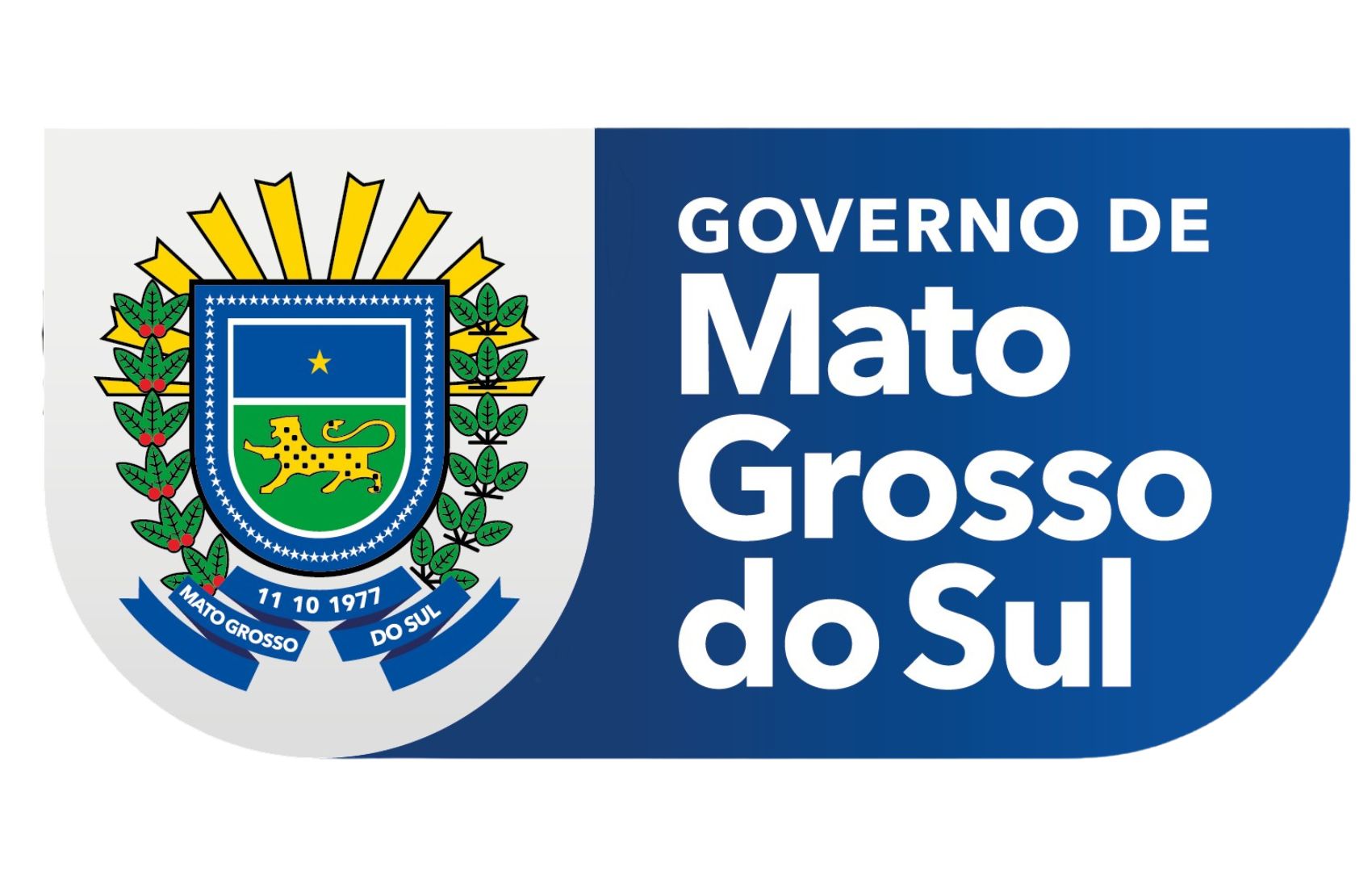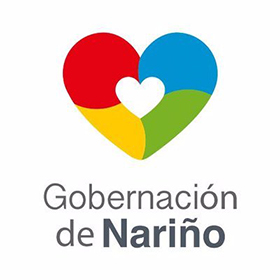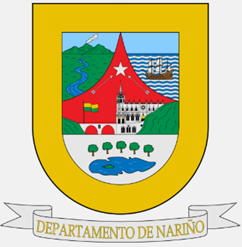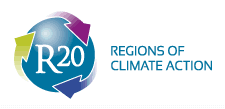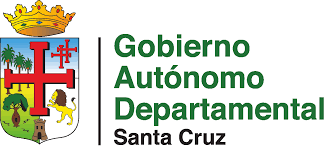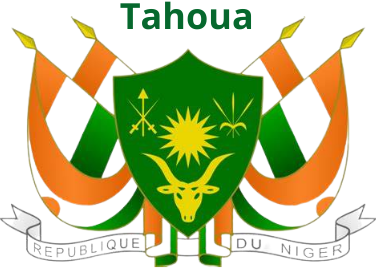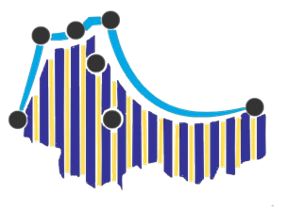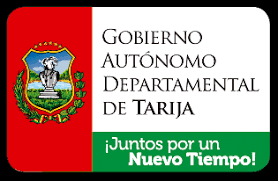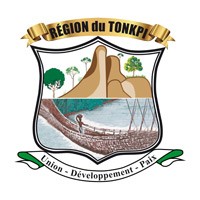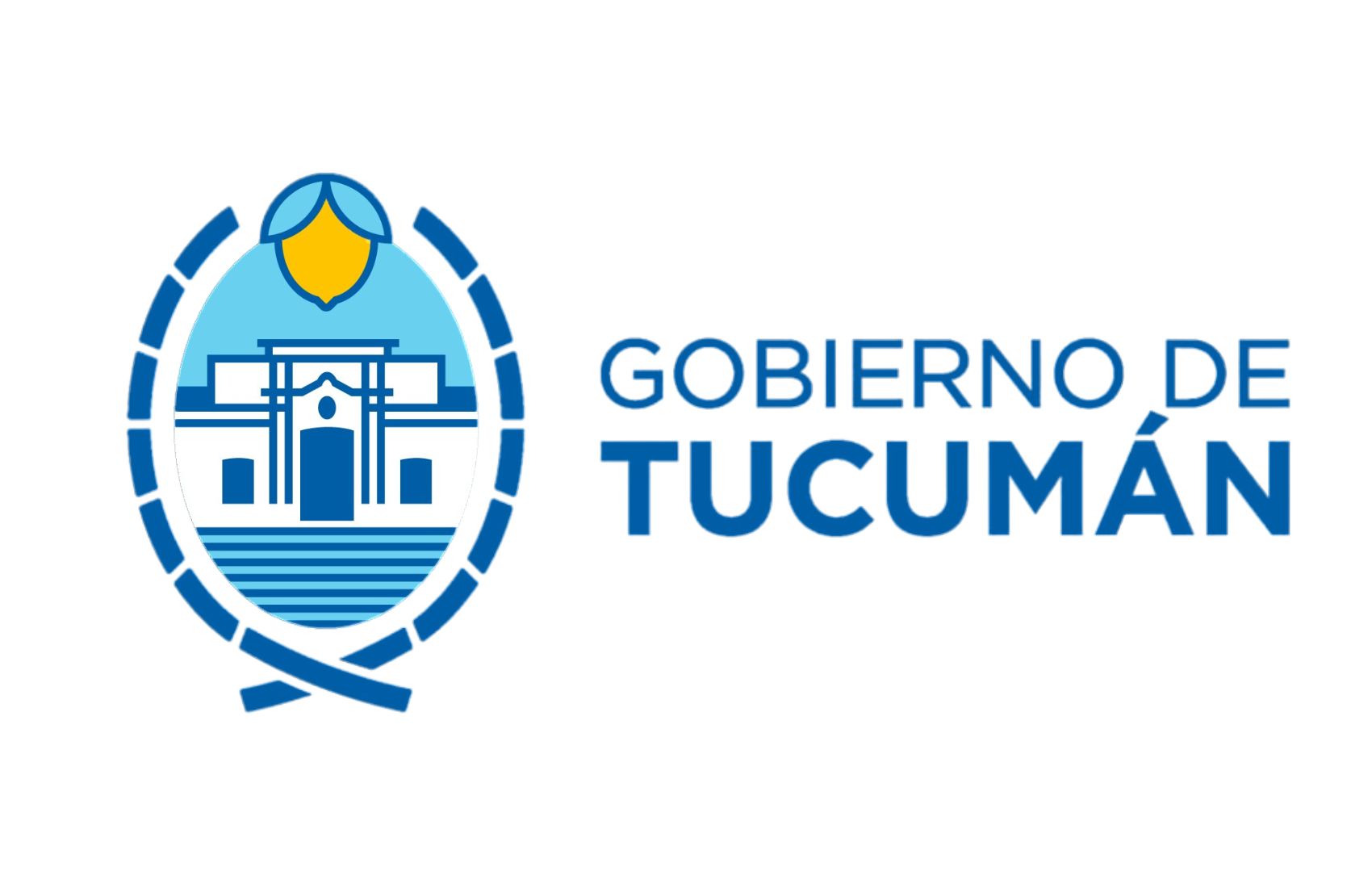Political participation and violence: "The struggle for equality"
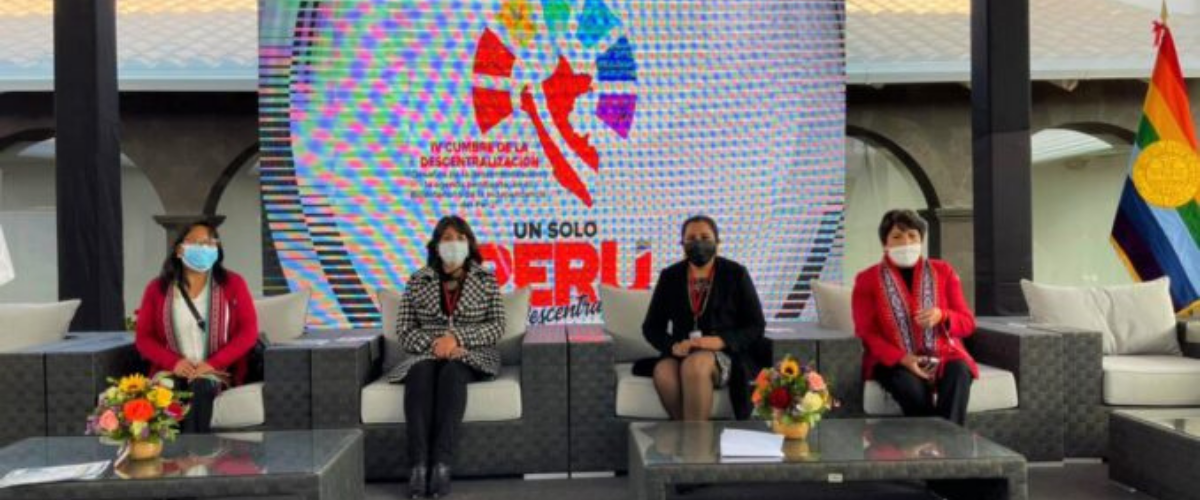
GLORIA FALCONI ZAPATA
Vice-governor of Ayacucho
President of the Network of Women Vice-Governors of Peru - REMUVIPE
Women in Peru have historically faced structural barriers to exercising their right to suffrage and participation in the political life of the country. These barriers have been generated by discriminatory laws, practices, attitudes and gender stereotypes, in addition to low levels of education and economic dependence.
In our country, the recognition of women's right to political participation, as well as other fundamental rights, has been a slow process but also gradual at the normative level. Thus, in 1955, thanks to the effort and struggle of many women, the law allowed women of legal age to have the right to elect and be elected. Thus, in the 1956 elections, for the first time, Peruvian women participated for the first time as titular and substitute polling station members and candidates, and exercised their right to vote.
In the last thirty years, the Peruvian State, based on the international legal framework, has adopted a series of measures to provide women with greater opportunities for political participation. One of these has been the incorporation of the gender quota mechanism in 1997, which establishes a 25% representation of women on parliamentary and municipal lists. This quota percentage was increased to 30% in 2000 for congressional lists, and was extended in 2002 for municipal and regional elected positions.
These efforts were reflected in the 2018 Regional and Municipal Elections: at the national level, 314 candidates were registered for the position of Regional Governor, -92% (290) men and 8% (24) women- ; in addition, 300 candidates were registered for the position of Regional Vice-Governor - 73% (219) men and 27% (81) women.
The result of this electoral process shows the rate of women authorities elected at the national level: no women candidates were elected for the position of governor and only 5 women were elected for the position of vice-governor. The establishment of gender quotas in electoral processes has been a significant step forward in promoting greater participation of women in political life; however, the results indicate that political organizations tend to place women at the bottom of the electoral list because they meet the gender quota requirement, limiting their opportunities to be elected.
Faced with this situation, various civil society platforms, such as the National Network of Women Authorities, the Network of Women Vice-governors of Peru, the Roundtable for the Fight against Poverty and other organizations, demanded the modification of the electoral law to guarantee women's participation in an equitable manner. Thus, in 2020, the Law of Parity and Alternation was approved, which implies that the lists of candidates for the Presidency, Congress, Andean Parliament, Regional and Municipal Parliament, must have 50% women and 50% men, placed alternately.
Consequently, for the 2021 General Elections, 18 presidential lists were registered: 16 lists were led by men and only two women were presidential candidates; and for the Vice-Presidency, 16 women candidates ran. This result was the election of a man as President of the Republic and a woman as Vice-President. Likewise, for the Congress of the Republic, 2,572 candidates were registered, of which 1,295 were women candidates, representing 50.3% of the total number of candidates, resulting in 130 elected congressmen, of whom 47 are women, representing 36.15%.
Based on these figures, we can point to an important advance in the normative aspect that promotes women's participation, encouraging access to popularly elected positions. However, despite having gained access to office, women authorities -as in the case of deputy governors and councillors- have been facing obstacles that limit the full and effective exercise of our functions, such as situations of discrimination, exclusionary or restrictive practices in the exercise of office, limitations on participation in public policy decision-making, political harassment, discrimination in remuneration and psychological violence. Therefore, there is still a pending agenda to promote and implement concrete actions by the state in order to guarantee women a life free of violence and their active participation in decision-making.
Another problem that affects women's lives is the high prevalence of violence in the country: according to the Ombudsman's Office, during 2021, 146 femicides and 5,904 dispersed women have been registered. The increase in violence is a consequence of the Covid-19 health emergency which, due to quarantine measures, forced women to live with their aggressors at home.
Although the state has created the "National System to Prevent, Punish and Eradicate Violence against Women and Family Members" and the sub-system of justice called "National Specialised System of Justice for the Protection and Punishment of Violence against Women and Family Members". Those two systems were created to combat violence, the interventions are not being reflected in the reduction of the rate of violence.
Therefore, in order to address this problem, in 2021 the "National Pact to Combat Violence and Discrimination against Women and for the Full Exercise of their Rights" was promoted was signed. The pact establishes the commitments of the State and the competent bodies to strengthen policies to combat violence.
In this sense, important advances have been made in recent years towards gender equality, but there are still structural gaps that limit women's full exercise of their rights and a life free of violence. The State has the obligation to make greater efforts to guarantee women's fundamental rights for their full exercise and effective realization.




